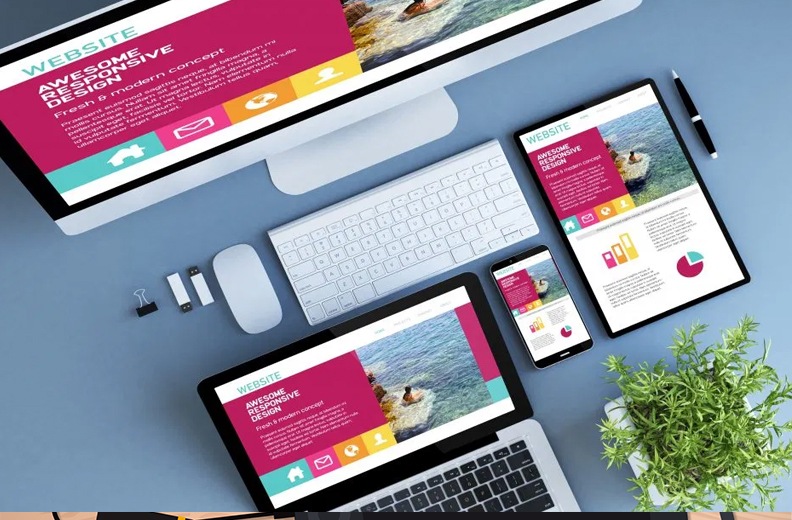- Have any questions?
- (Prasad) +91 96191 46851 | (Parag) +91 99878 20022
- support@pnpwebdesign.com
Crafting Digital Experiences: A Journey into Website Designing

Navigating the Digital Terrain: The Essence of a WordPress Website Domain
January 15, 2024
Nurturing Digital Creativity: A Closer Look at Websites Designers
January 15, 2024Crafting Digital Experiences: A Journey into Website Designing

Embarking on the endeavor of creating a digital presence involves a nuanced understanding of the art and science of website designing. In this comprehensive guide, we’ll navigate the intricacies of website designing, unraveling the layers that contribute to a captivating and user-centric online experience.
I. The Essence of Website Designing
At the core of online presence lies the essence of website designing—a multifaceted discipline that blends creativity, functionality, and user experience. It’s the process of translating ideas into a visually appealing and navigable digital space, creating a seamless connection between brands and their audience.
II. Understanding User-Centric Design
Understanding user-centric design is pivotal in website designing. It involves putting the needs and preferences of the end user at the forefront. A user-centric approach ensures that the design not only looks visually appealing but also offers an intuitive and satisfying journey for visitors.
III. Visual Elements and Aesthetics
Visual elements and aesthetics play a crucial role in website designing. From color schemes and typography to imagery and layout, these elements contribute to the overall look and feel of the website. A harmonious blend of visual components enhances the user experience and communicates the brand’s identity effectively.
IV. Responsive Design for Diverse Devices
Implementing responsive design is imperative in a world where users access websites from diverse devices. Website designing includes optimizing layouts and elements to ensure a seamless and visually pleasing experience across desktops, tablets, and smartphones. It’s about adapting to the evolving digital landscape.
V. Navigation and User Journey
Crafting intuitive navigation and user journey is a cornerstone of effective website designing. Visitors should be able to navigate effortlessly, finding information and engaging with the content seamlessly. A well-designed user journey enhances user satisfaction and encourages prolonged interaction.
VI. Strategic Placement of Call-to-Action
Strategically placing call-to-action elements is a subtle yet powerful aspect of website designing. Whether guiding users to make a purchase, subscribe, or contact, a well-thought-out placement of call-to-action buttons influences user behavior and contributes to the website’s overall goals.
VII. Optimization for Speed and Performance
Optimizing for speed and performance is a technical consideration in website designing. Users expect quick-loading pages, and search engines reward fast websites with higher rankings. Technical optimizations, such as image compression and code efficiency, contribute to a seamless browsing experience.
VIII. Iterative Design and Continuous Improvement
Embracing iterative design and continuous improvement is a dynamic aspect of website designing. The digital landscape evolves, and user preferences change. Regular analysis of user behavior, feedback, and emerging design trends allows for continuous refinement, ensuring that the website remains relevant and effective.
WordPress Website Domain Conclusion:
In the dynamic realm of online presence, websites designing emerges as a captivating dance between creativity and functionality. It’s not merely about creating a digital space, but about crafting an experience that resonates with users. As you delve into the world of websites designing, remember that your websites is a digital ambassador, telling a story and forging connections in the vast digital landscape. Choose design elements thoughtfully, adapt to user needs, and let your website become a testament to the seamless fusion of art and technology in the ever-evolving online world.





